Art and culture
Culture that inspires
Romans, Barbarians, Muslims and Christians have all forged present-day Extremadura, leaving their mark on a region that still preserves and honours this legacy.
- Come to Extremadura
- Culture that inspires
Discover Extremadura's cultural legacy and rich heritage.
Romans, Barbarians, Muslims and Christians have all forged present-day Extremadura, leaving their mark on a region that still preserves and honours this legacy.
The Roman province of Lusitania covered a large part of what is now Extremadura, as well as the centre of modern Portugal. Whilst its early settlers where Lusitanians, one could say that it was thanks to the Romans that this region discovered the splendour and wealth of the vast empire.
Numerous vestiges remain of this civilisation, scattered around the region and bearing witness to a great past. Mérida, then known as Emérita Augusta, and declared a World Heritage Site by UNESCO, is without doubt the place that best preserves its Roman past. Here, amongst other important Roman remains,you will be able to find one of the best-preserved Roman theatres in the world and the oldest one where playsare still performed today.
Another palpable mark left by this Latin past is the Vía de la Plata, ancient commerce route between Mérida and Astorga. Two thousand years on, you can still walk along the 470 km of this Roman road and wonder at the fact that it is still one of the main communication routes that form the backbone of the west of Spain.
Examples of its subsequent Barbarian and Visigoth past are the walls of the towns of Mérida, Cáceres and Coria.
The Muslims also enriched the cultural heritage of Extremadura. Five hundred years of influence left numerous marks whichcan be found all over the region that was the Taifa kingdom of Badajoz. The fortifications of Mérida and Badajoz bear witness to this, as do the Plaza Alta, the Aljibe in Cáceres and Trujillo castle.
This region's Christian past was marked, fundamentalmente, by its contribution to the American enterprise. The land of discoverers like Núñez de Balboa, Francisco de Pizarro or Hernán Cortés, among others.
Three places in Extremadura have been distinguished as World Heritage Sites by UNESCO: the old town of Cáceres, Mérida and its Roman sites and the Royal Monastery of Nuestra Señora de Guadalupe.
And it is not only the region's artistic and architectural heritage that will dazzle you - its scenic beauty will have the same effect on you. Venture into its protected natural spaces and visit the Garganta de los Infiernos Nature Reserve, the Monfragüe National Park(declared a Biosphere Reserve by UNESCO) or any of its natural parks.
More suggestions
-
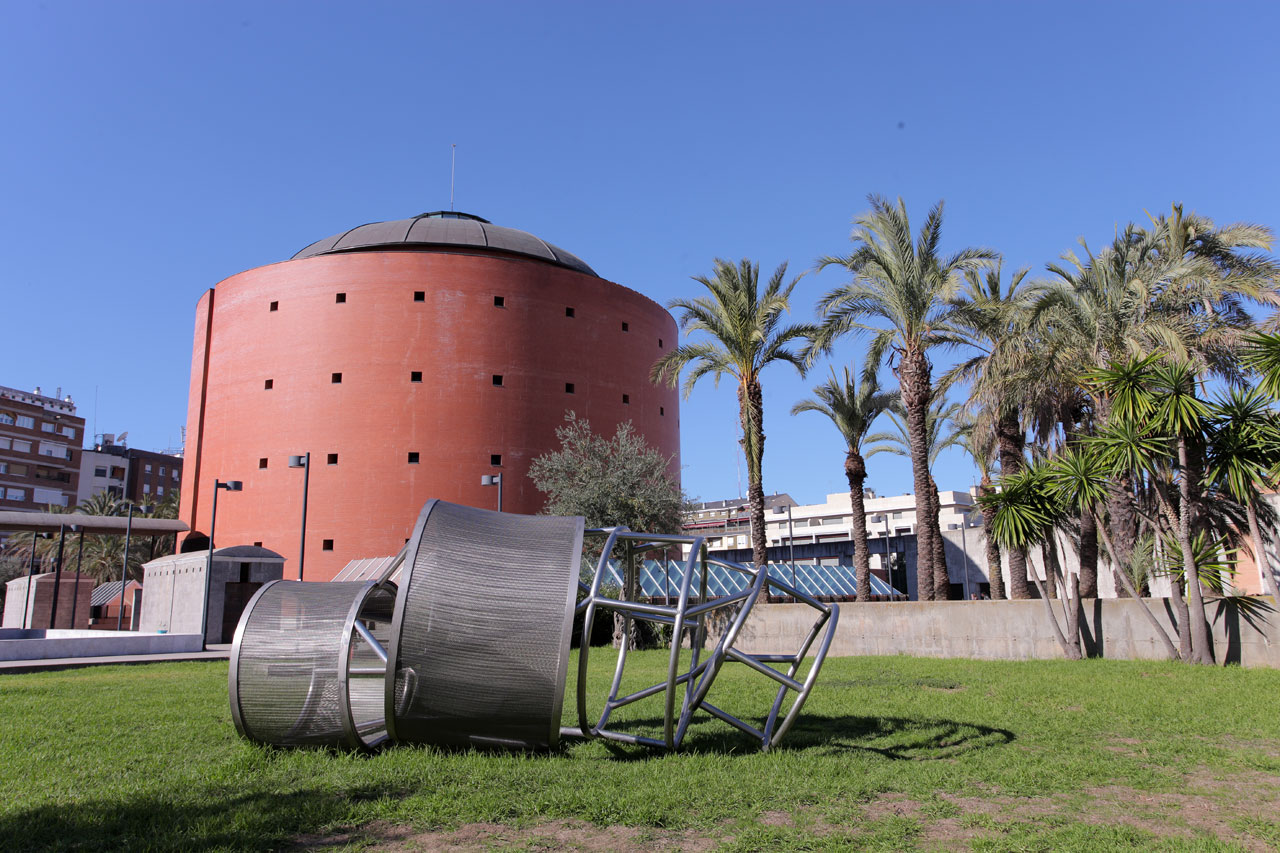
MEIAC, Contemporary Art
In the old prison in Badajoz, this museum houses a collection of contemporary Spanish, Portuguese and Ibero-American art.
-
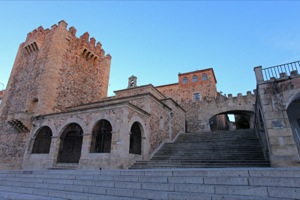
Old quarter of Caceres
The old quarter of the city of Caceres contains a wealth of Renaissance buildings, thanks to its many palaces, stately homes and Cathedral.
-
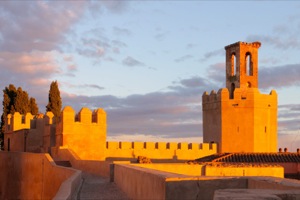
The Alcazaba (Arab Fortress), a spectacular view
The Alcazaba, or fortress, was the origin of the city, the dwelling of the Kings of the Taifa Kingdom and the defensive structure which made Badajoz a strategic fort to control the area's historical borders.
-
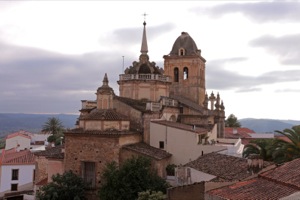
Jerez de los Caballeros
Located between rivers and oak forests, its palaces and churches blend in with the legacy of Templars and the Order of Santiago.
-
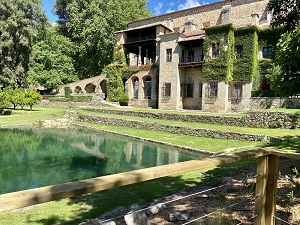
Royal Monastery of Yuste
The fact that Emperor Charles V wanted to live out his final days in this Monastery, has made it famous beyond Spain's borders.
-
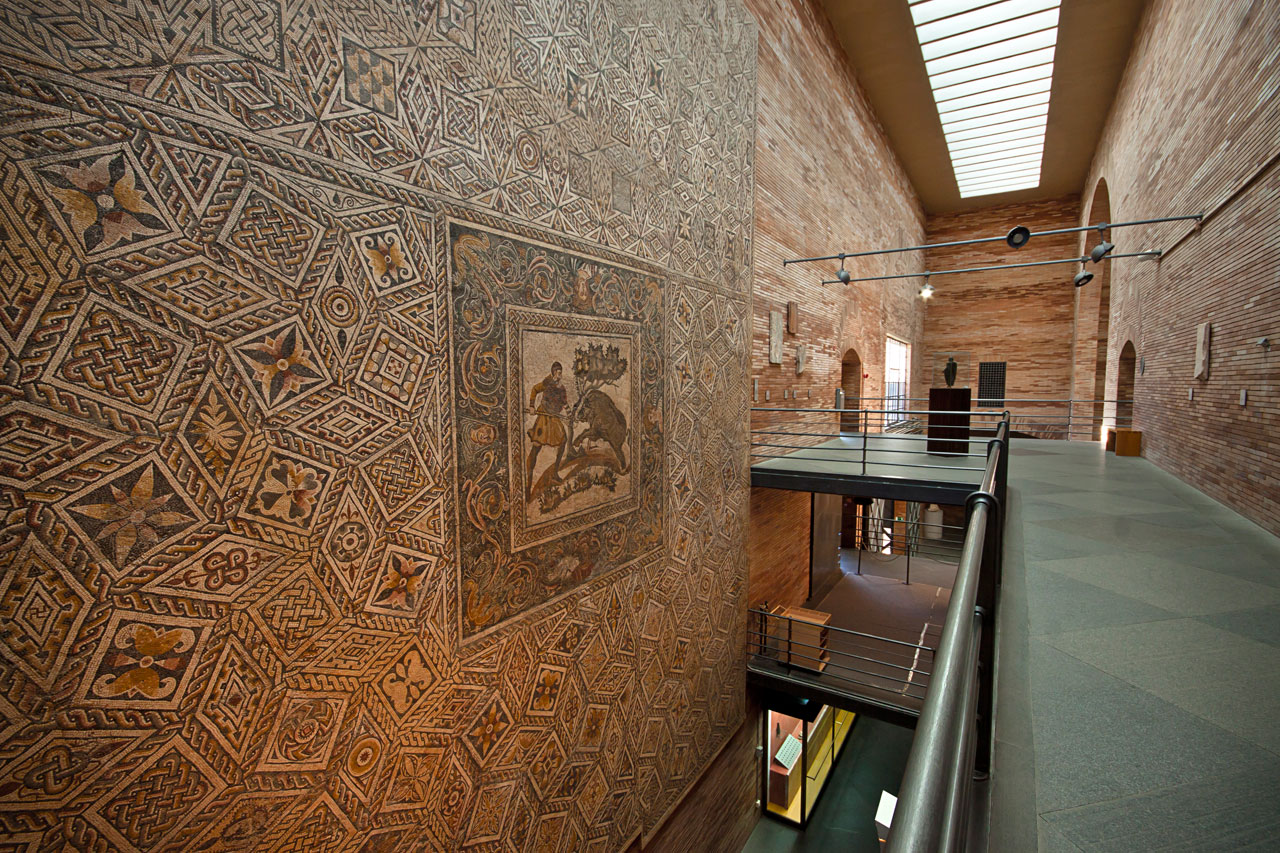
National Roman Art Museum in Mérida
The National Roman Art Museum (MNAR) shows the visitor different sides of daily life in the province of Hispania.
-
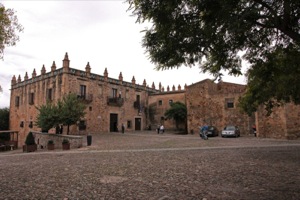
Cáceres Museum
One of the attractions of this museum is that, not only can you journey through the archaeological past of this Extremadura city but you can also discover the work of contemporary artists, such as Picasso, Miró and Tàpies. Even discover an underground cistern.
-
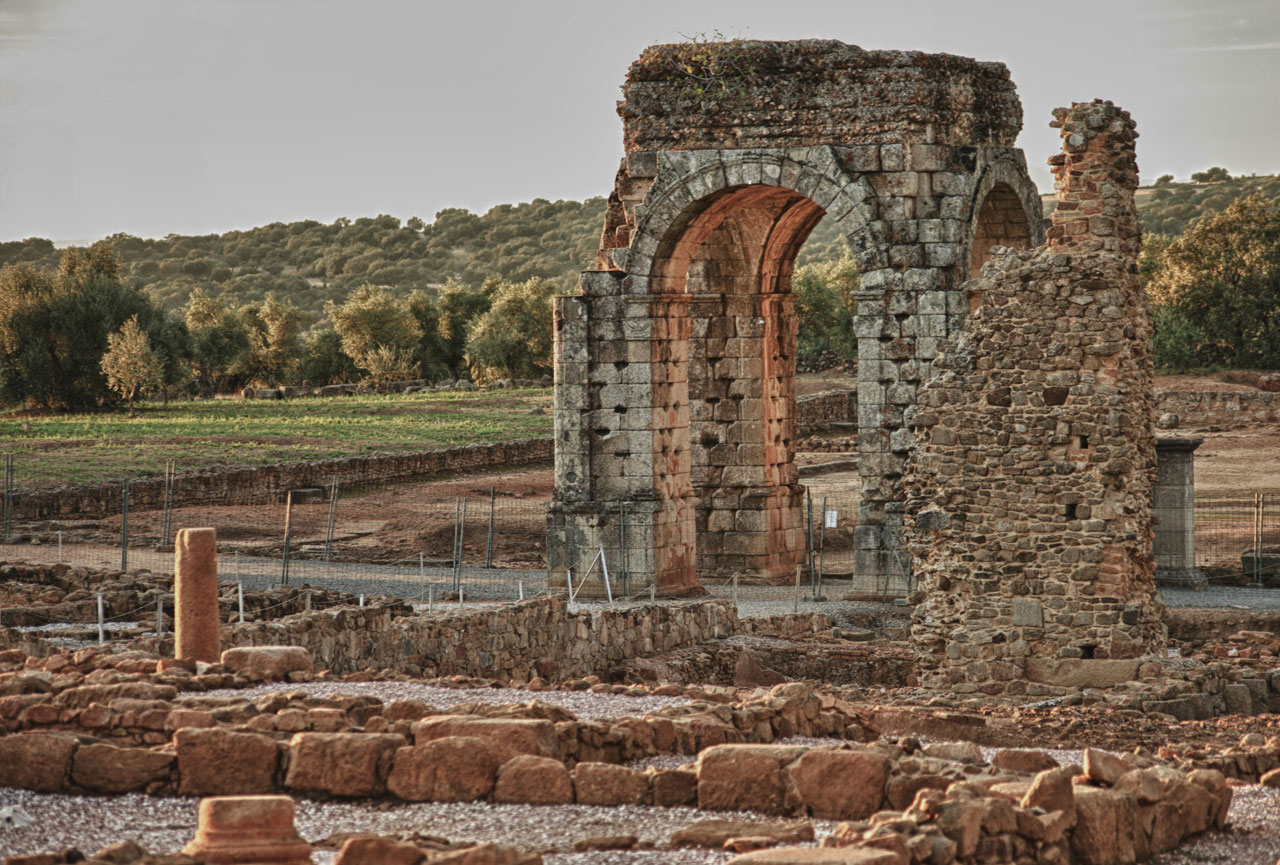
The Roman town of Cáparra
Caparrá, which has uncertain origins, became a Roman municipium under Emperor Vespasian. The town's growth was propelled by its privileged position along the Silver Way
